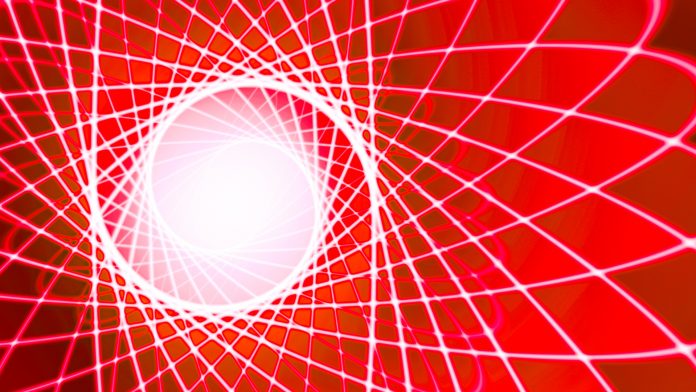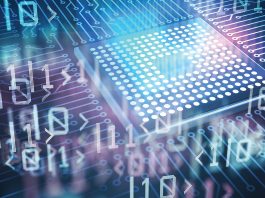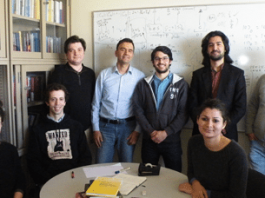Researchers from the University of Cambridge, Harvard, and MIT have demonstrated that a physical property called ‘quantum negativity’ can allow particles to carry an unlimited amount of information about the matter that they interact with.
As published in Nature Communications, the results from this study could influence the development of new technologies, such as microscopes and quantum computers. The team found that quantum negativity can be used to take more precise measurements of everything from molecular distances to gravitational waves.
“We’ve adapted tools from standard information theory to quasi-probabilities and shown that filtering quantum particles can condense the information of a million particles into one.
“That means that detection devices can operate at their ideal influx rate while receiving information corresponding to much higher rates. This is forbidden according to normal probability theory, but quantum negativity makes it possible,” said lead author Dr David Arvidsson-Shukur from Cambridge’s Cavendish Laboratory.
What is quantum metrology?
The term ‘quantum metrology’ refers to the study of making high-resolution and highly sensitive measurements of physical parameters. Those making the measurements use quantum theory to describe the physical systems, particularly exploiting quantum entanglement and quantum squeezing.
According to the research team: ‘One field advanced by quantum mechanics is metrology, which concerns the statistical estimation of unknown physical parameters. Quantum metrology relies on quantum phenomena to improve estimations beyond classical bounds.’
In the same way as quantum computing is expected to revolutionise the way complicated calculations are done, quantum metrology, using the strange behaviour of subatomic particles, may revolutionise the way we measure things. Quantum metrology can improve measurements of things including distances, angles, temperatures, and magnetic fields. These more precise measurements can lead to better and faster technologies, but also better resources to probe fundamental physics and improve our understanding of the universe.
What is quantum negativity?
Quantum negativity is a measure of quantum entanglement, deriving from the Peres–Horodecki criterion for separability. An experiment whose explanation requires negative probabilities is said to possess ‘quantum negativity.’ The scientists have now shown that this quantum negativity can help take more precise measurements.
We often see probabilities ranging from 0% to 100%. To explain results from the quantum world however, the concept of probability needs to be expanded to include a so-called quasi-probability, which can be negative. This quasi-probability allows quantum concepts such as Einstein’s ‘spooky action at a distance’ and wave-particle duality to be explained in an intuitive mathematical language. For example, the probability of an atom being at a certain position and travelling with a specific speed might be a negative number, such as –5%.









